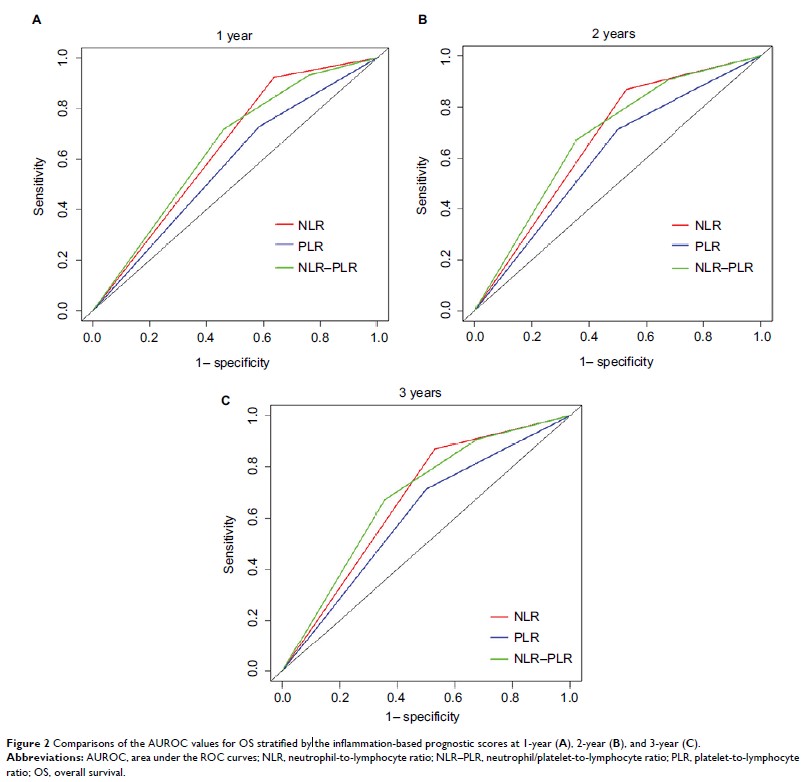108384
论文已发表
注册即可获取德孚的最新动态
IF 收录期刊
- 3.4 Breast Cancer (Dove Med Press)
- 3.2 Clin Epidemiol
- 2.6 Cancer Manag Res
- 2.9 Infect Drug Resist
- 3.7 Clin Interv Aging
- 5.1 Drug Des Dev Ther
- 3.1 Int J Chronic Obstr
- 6.6 Int J Nanomed
- 2.6 Int J Women's Health
- 2.9 Neuropsych Dis Treat
- 2.8 OncoTargets Ther
- 2.0 Patient Prefer Adher
- 2.2 Ther Clin Risk Manag
- 2.5 J Pain Res
- 3.0 Diabet Metab Synd Ob
- 3.2 Psychol Res Behav Ma
- 3.4 Nat Sci Sleep
- 1.8 Pharmgenomics Pers Med
- 2.0 Risk Manag Healthc Policy
- 4.1 J Inflamm Res
- 2.0 Int J Gen Med
- 3.4 J Hepatocell Carcinoma
- 3.0 J Asthma Allergy
- 2.2 Clin Cosmet Investig Dermatol
- 2.4 J Multidiscip Healthc

接受经动脉化疗栓塞治疗的肝细胞癌患者中性粒细胞与淋巴细胞比例和血小板与淋巴细胞比例相结合的预后和预测价值
Authors He C, Zhang Y, Cai Z, Lin X
Received 11 October 2018
Accepted for publication 19 January 2019
Published 12 February 2019 Volume 2019:11 Pages 1391—1400
DOI https://doi.org/10.2147/CMAR.S190545
Checked for plagiarism Yes
Review by Single-blind
Peer reviewers approved by Dr Colin Mak
Peer reviewer comments 2
Editor who approved publication: Dr Antonella D'Anneo
Purpose: This
study was designed to evaluate the prognostic value of the combination of
neutrophil-to-lymphocyte ratio (NLR) and platelet-to-lymphocyte ratio (PLR)
(neutrophil/platelet-to-lymphocyte ratio [NLR–PLR]) in patients with
hepatocellular carcinoma (HCC) who receive transarterial chemoembolization
(TACE) therapy.
Patients and methods: Data from
216 patients who were diagnosed with HCC after TACE therapy were
retrospectively collected. R software was used to analyze the time-dependent
receiver operating characteristic (ROC) curves and to compare the area under
the ROC curves (AUROCs).
Results: The
long-term survival rates were significantly higher for patients with lower
values than those with higher values of NLR, PLR, and NLR–PLR. The mean overall
survival decreased gradually with increases in the NLR–PLR score (P <0.0001). The
AUROC values of the NLR–PLR score were consistently higher than those of NLR
and PLR.
Conclusion: This
study showed that the NLR–PLR score might be a useful predictor for patients
with HCC who receive TACE therapy.
Keywords: hepatocellular
carcinoma, transarterial chemoembolization, neutrophil/platelet-to-lymphocyte ratio
